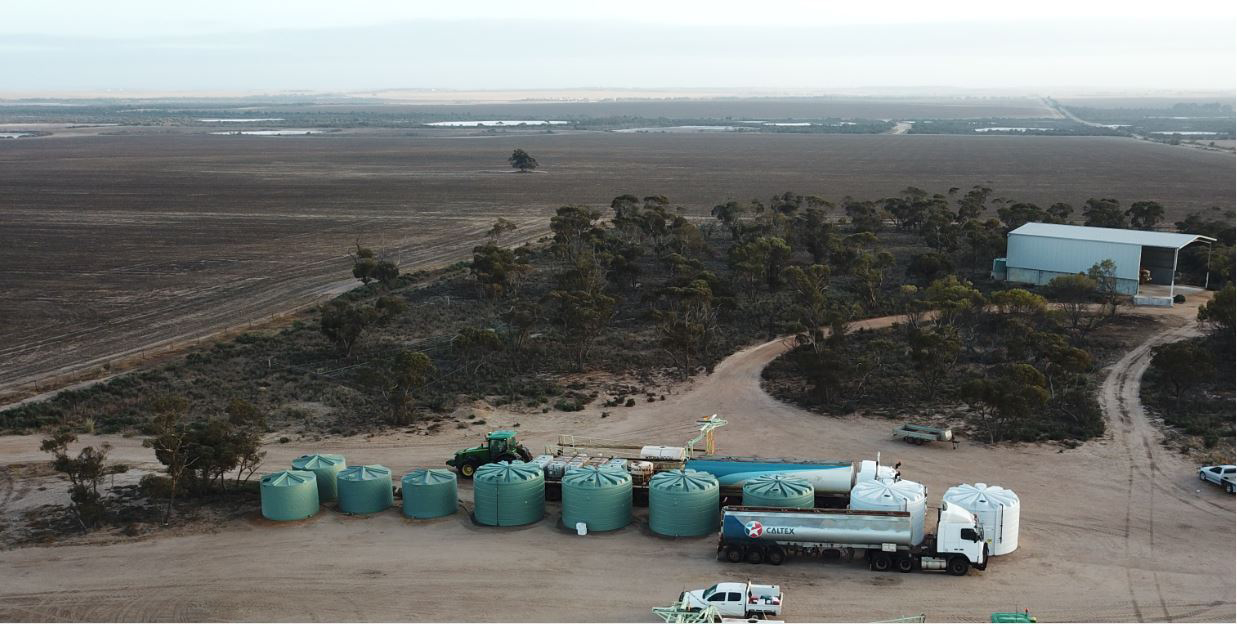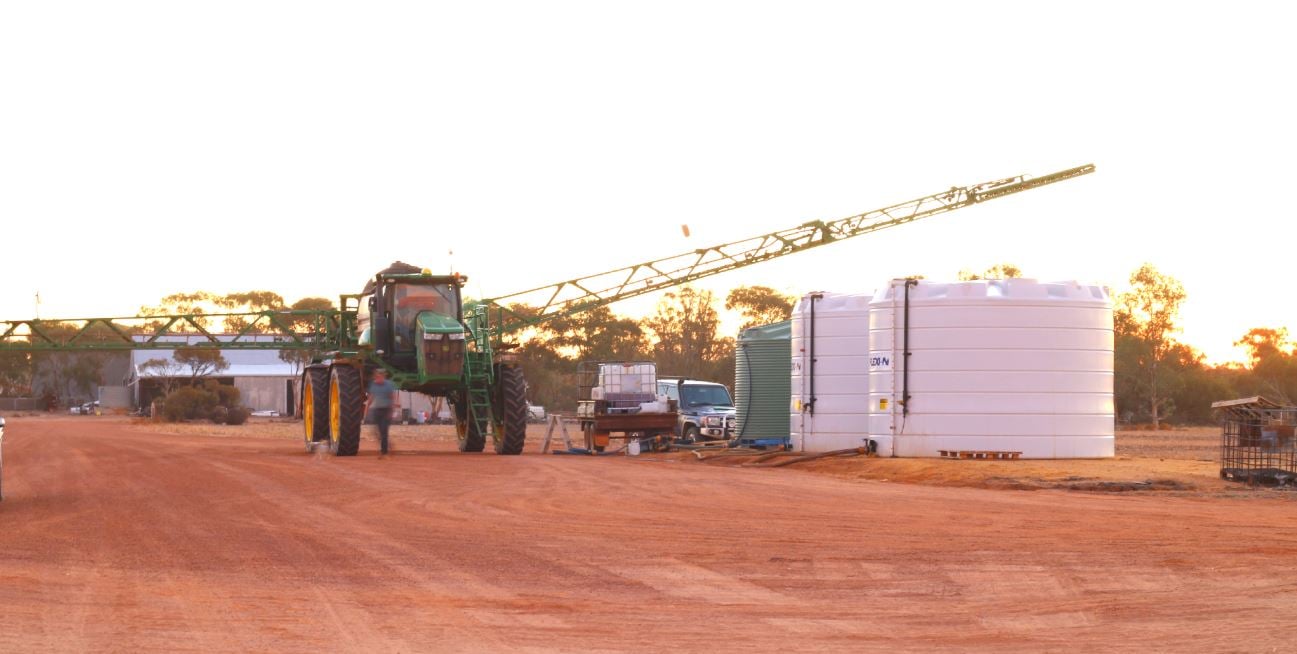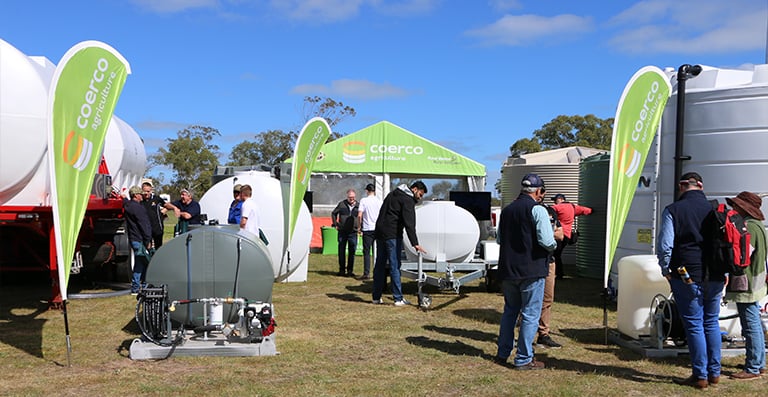Good water management is imperative if success is to be achieved in farming. Although there are several methods to conserve water, some of them, like dams for instance, is no longer considered a feasible solution.
Against Australia’s unpredictable weather and frequently occurring droughts, more traditional means of storing water like dams only end up losing huge amounts of water through seepage in soil and high evaporation rates. In truth, dams only make sense if rainfall is more predictable.
It might or it might not come as a surprise to you, but the most straightforward and manageable solution towards enhancing and preserving every drop of water you manage to get is by employing the use of water tanks.
Here are 3 ways you can use water tanks to improve on-farm water efficiency and your bottom line.
1. Increase the number of storage tanks you use and place them strategically.
By strategic placement of several water tanks around your property, you reduce downtime for your spraying machines and the amount of travelling required. Ensuring that water tanks are placed in multiple key locations around your farm reduces the need for carting water, resulting in reduced labour, machinery, and maintenance costs.
2. Make water tanks the primary source of water for your crop spraying.
While rainwater harvesting and on-farm dams and reservoirs can be important, using tanks to store large volumes of water on-site is by far the most efficient method of ensuring you have sufficient water available for crop spraying. As mentioned earlier, traditional ways of storing water like soaks and open reservoirs lose water through evaporation and seepage; plus, they require a more complex transportation system.
Furthermore, the effectiveness of chemicals used for your crop spraying is greatly reduced with poor quality water.
The most effective way to achieve safe and clean water for your crop management is by storing your water in storage tanks where they can be protected from contamination, ensuring you get real results from your efforts.
3. Look for innovative solutions to reduce downtime.
Are you struggling for space onsite? Consider placing tanks underground and out of sight while still being instantly available. Tanks located in open spaces mean sprayers don’t need to fold their booms in order to access water supply, saving valuable time.
Want to reduce downtime with faster fill times? Place your water tanks on pipelines and use a large outlet for quicker refills.
If you have been getting by with old, outdated and inefficient water storage, you have to ask yourself, is it in keeping with the realities and challenges in today’s farming? Perhaps, it's time to embrace a more suitable solution.
Our expert team has years of experience in developing and improving operating procedures and efficiency when it comes to water collection and storage for the agricultural industry. If you’d like our advice for implementing a tailored solution for your farm or business, get in touch!
Stay tuned for part 4 of the Coerco Story Series next month.
Or you can simply click the button below to stay ahead of the line!








What do you think about this post?
Comments